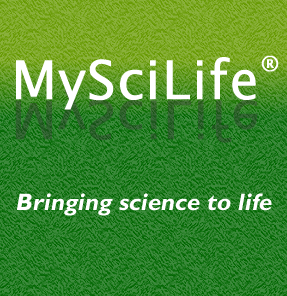Real and Permanent Good: A teacher’s mission
 I often hear NPR underwriting messages about The Carnegie Foundation and their mission to do “real and permanent good.” Isn’t that why we became teachers, to do real and permanent good? How do we know whether we are accomplishing our mission? How do we assess real and permanent good?
I often hear NPR underwriting messages about The Carnegie Foundation and their mission to do “real and permanent good.” Isn’t that why we became teachers, to do real and permanent good? How do we know whether we are accomplishing our mission? How do we assess real and permanent good?
Surveys ask businesses what they seek in their employees, and policy makers try to respond with accountability measures such as NCLB and Common Core. Every teaching professional organization has standards of its own, from the NSTA to ISTE. These standards are all efforts to define what comprises success in educating our students.
The frustration that I hear from many teaching colleagues comes when an individual teacher tries to assess success, to feel that he/she is doing real and permanent good. Evidence of real and permanent is elusive. A test score might show real progress, but test score improvements can easily feel impermanent or even unreal. Teachers feel we know real and permanent good when we see it, but often we do not have time to watch for it. And we certainly have trouble defining it. So I offer one example of real and permanent good in teaching and learning.
MySciLife® offers learning that is real and, our research shows, permanent. MySciLife uses a social media platform for students to live science roles as they learn science. Watch the student/parent video to see how MySciLife works (and it’s free, I might add). We have just completed the first semester pilot of MySciLife with six middle school teachers in four states, and the research results show real and permanent good. Our first semester research asked both an outcome and a process question:
Outcome Question: What effect does social media-based learning have on middle level science performance?
Process Question: How does social media-based learning affect student attitudes and perceptions about learning science?
Roughly speaking, I see the outcome question as the real, and the process question question is the permanent. The real knowledge is something middle level students take with them from MySciLife and apply to their understanding of the world around them. The two classes in the research study showed 20 to 40% greater understanding of the science compared to what they knew before “living” a MySciLife identity. We are researching further during the current semester to compare real learning using a larger sample and controlled study.
The permanent question about attitudes toward science is the one I find most exciting. Fully 86% of the students responded that they agreed or strongly agreed with the statement “MySciLife was more interesting as compared to how I typically learn science.” Science is INTERESTING to them when they learn this way(!) That’s permanent good.
There are further results from the pilot, and we are busy formatting the downloadable version of the first semester research to share. I will also be sharing the results along with MySciLife participant panel at the ISTE conference in San Antonio in June. I have to admit, though, that the words real and permanent good resound differently inside my head these days thanks to MySciLife.
What buoys your sense that you are doing real and permanent good as a teacher?




[…] love creating them, and I love using them to see my own writing from another point of view. Here is last week’s post transformed into a word cloud by TagCrowd (reviewed by […]
Pingback by Think Like a Teacher » To write to be: One teacher’s thoughts on teaching writing — February 14, 2013 @ 2:13 pm